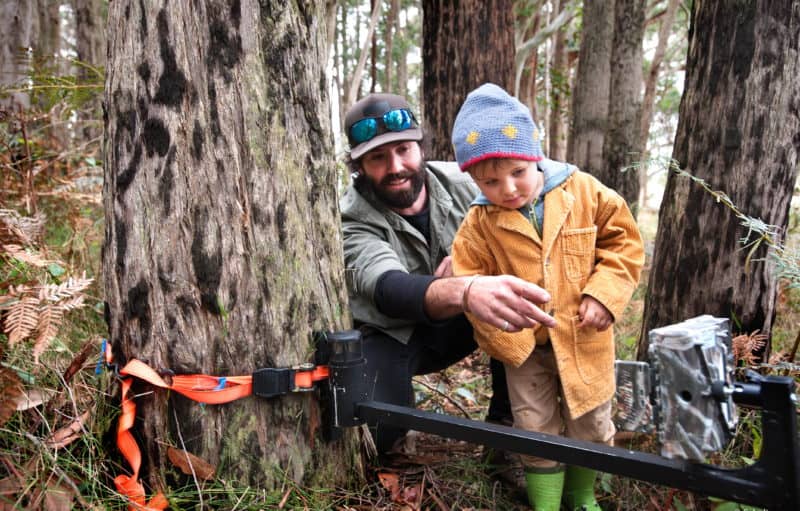MEDIA RELEASE 30 October 2020 |
The release of the Victorian Government’s Deer Control Strategy today acknowledges the significant threat deer bring to the state’s biodiversity, water supplies and agriculture, but fails to adequately address this menace.
“It is now two years since the government released its draft deer strategy, but the final strategy has just kicked the ball down the road, proposing development of a series of regional deer strategies. We need real action now, not another two years of indecision” says the Victorian National Parks Association’s spokesperson Phil Ingamells
“Within the broad deer population, the strategy plans to concentrate on priority areas, but those areas exist right across the state: rainforests, wineries, orchards, alpine regions, national parks, wetlands etc. The strategy should be aiming at reducing the deer population across the Victoria” says Mr Ingamells. “Localised action will have to continue endlessly if the broad population isn’t substantially reduced.”
“It is good that public land managers will no longer have to apply for specific permission under the Wildlife Act to control them but, bizarrely, deer will remain a protected species under that same Act. Deer are one of the state’s most damaging feral animals, and that should be recognised in law by listing them as pest species”, Ingamells adds.
“It is good that many Sambar deer in eastern Victoria have been culled following last summer’s fires, as part of the government’s post-fire recovery program. And some promised funding (around $1 million) to control deer in Melbourne’s urban fringe is a useful start. But the strategy gives no guarantee that the program will deal with deer hotspots across the state, or any broad landscape control program, will continue. There are no targets or timelines in the plan” says Phil Ingamells.
“There will need to be a huge increase in resources if the plan will have any chance of reducing the deer menace”
There are four main breeds of deer in Victoria: Sambar, Fallow, Hog and Red deer. They were introduced in the 19th century as a game animal, but have bred beyond the control of hunters. Some estimates put the population of deer in the state at around one million. Impacts of deer include ringbarking trees, wallowing in wetlands, and browsing on almost every native plant. And their impact on Aboriginal sites, agriculture, urban communities and road users is growing every year.
Leading ecologists, conservation groups, local communities and farmers have been pushing for a comprehensive deer policy for some years, see joint letter here.
